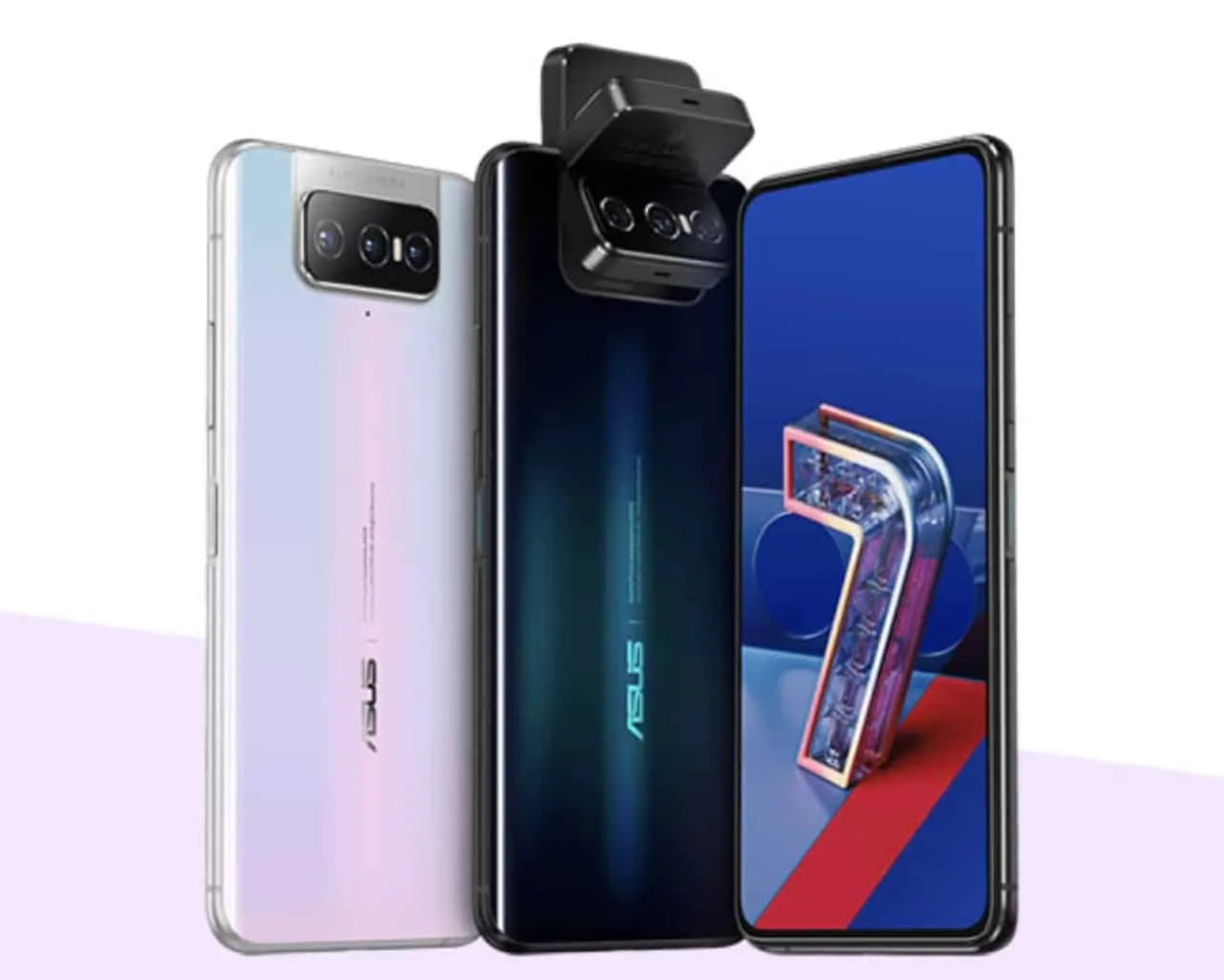The ASUS ZenFone 7 series flagships have been introduced earlier today, and we’re here to take a closer look at their specifications. These two phones are quite similar in the spec department, but there are a number of differences.
That being said, let’s check out everything they have in common first, shall we. Following that, we’ll focus on their differences, of course. Before we begin, however, do note that the two phones look exactly the same. They’re made out of metal and glass, with very minimal bezels.
The ASUS ZenFone 7 series offers powerful specifications
The display is exactly the same on these two phones. Both phones feature a 6.67-inch NanoEdge display. This is a fullHD+ (2400 x 1080) Super AMOLED display, provided by Samsung.
It offers a 20:9 display aspect ratio, and 100000:1 contrast ratio. This is also a high refresh rate display, it offers a 90Hz refresh rate. 200Hz touch sampling rate is also a part of the package, and it has a 1ms response time.
The display is flat, and it’s protected by the Gorilla Glass 6, from Corning. The display is also HDR10+ certified, and it features DC Dimming and HDR Tone Mapping.
Now, ASUS decided to use Gorilla Glass 3 on the back side of this phone, not Gorilla Glass 6. It is also worth noting that neither of these two phones offer IP certification for water and dust resistance.
Both phones include a large battery, and fast wired charging
A 5,000mAh battery sits inside both of these phones. That battery is not removable, while it supports fast wired charging. It supports 30W ASUS HyperCharge, 27W Qualcomm Quick Charge 4.0, and USB Power Delivery 3.0. Wireless charging is not supported.
A fingerprint scanner is included in the package, and it sits on the right-hand side of both phones. Software-based facial scanning feature is also enabled here.
A 3.5mm headphone jack is not included, while a Type-C USB port sits at the bottom of both phones. Three microphones are included, and boosted by ASUS’ noise reduction technology.
Both phones also offer stereo sound. They include 5-magnet speakers with dual smart amplifiers (NXP TFA9874 smart amplifier). Both phones are also 5G-enabled, and offer dual SIM card support.
Android 10 comes pre-installed on both phones, with ASUS’ ZenUI 7 skin. The two phones measure 165.08 x 77.28 x 9.6mm, while they weight 230 grams. They do come in Aurora Black and Pastel White color options. ASUS also includes a transparent case in the box (silicone).
That’s basically all that they have in common, but there are some differences as well. The two phones are not fueled by the same SoC. They also come with different RAM and storage setups, plus there are some differences in the camera department.
They do ship with different SoCs, different RAM & storage setups, and slightly different camera offerings
The ASUS ZenFone 7 is fueled by the Snapdragon 865 SoC. The ‘Pro’ variant comes with the Snapdragon 865 Plus processor. The difference between those two SoCs is not big at all, though.
The vanilla ZenFone 7 comes in both 6GB and 8GB LPDDR5 RAM options. Each of those variants includes 128GB of UFS 3.1 flash storage. They also offer microSD storage expansion up to 2TB.
The ASUS ZenFone 7 Pro, on the other hand, comes with 8GB of LPDDR5 RAM and 256GB of UFS 3.1 storage. It also offers microSD card expansion up to 2TB.
The two phones offer the same triple camera setups, with two notable differences. The ZenFone 7 does not include OIS for its main or telephoto cameras, the ‘Pro’ model does.
You’ll find a 64-megapixel main camera (Sony’s IMX686 sensor 4-in-1 pixel binning, f/1.8 aperture, PDAF, EIS) on both phones. A 12-megapixel ultra-wide camera (f/2.2 aperture, Sony’s IMX363 sensor, 113-degree FoV, 4cm macro photography) is also included. The last camera on these two phones is an 8-megapixel unit (3x optical zoom, 12x total zoom, f/2.4 aperture).

